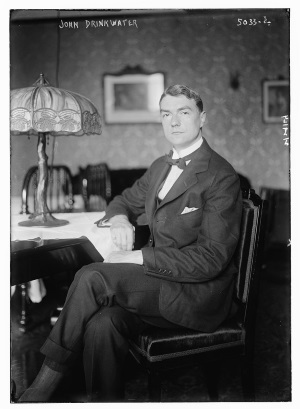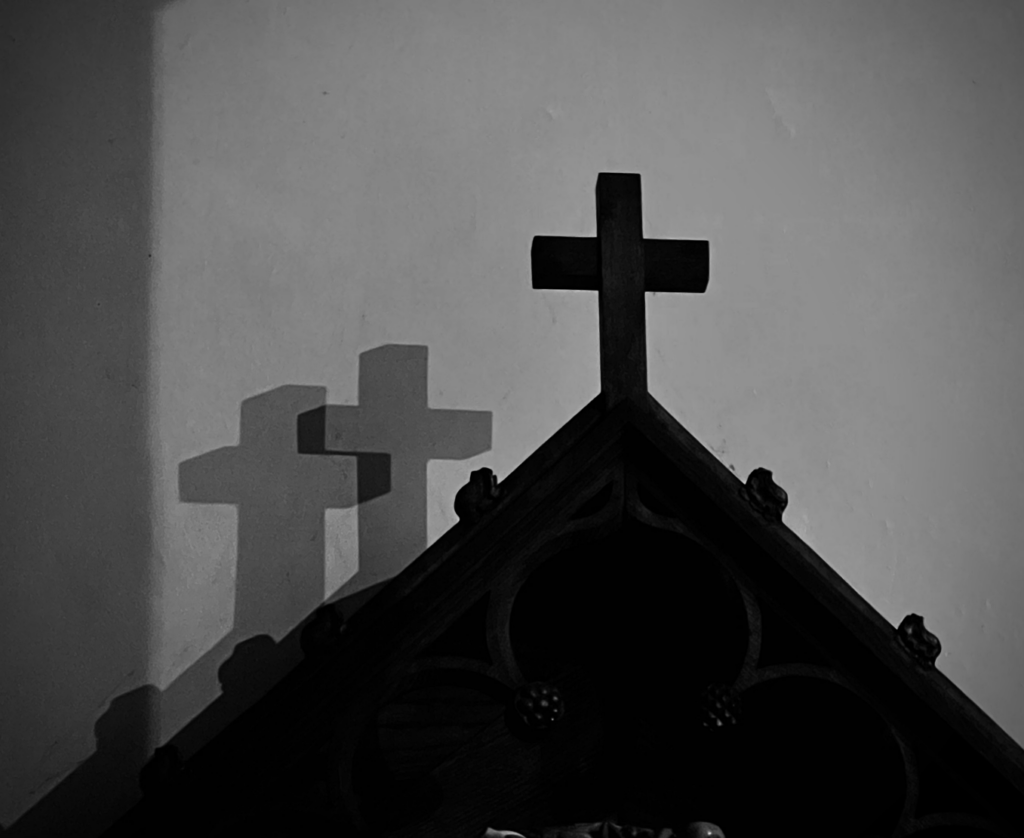For an audible minority last week’s motu proprio (TC) was a victory; for a louder majority it was at one turn a defeat, at another an outrage, but at every turn a tragedy. The belligerence of a few among the latter is not helping their cause, but rather proving TC’s point.
But let us step aside from that imbroglio, and cast a more searching eye over the document. Looking beyond the issues of its actual authorship, its canonical sloppiness and imprecision, and ambit liturgical claims that bear little scrutiny before wobbling at their knees; looking beyond all these, let us look at what might be the providential opportunity offered by TC. Remember: we must be lighting candles, not cursing darkness.
In the late 1980s, when I was briefly a baby Jesuit in Australia (and let the reader note that I would not trade my prior 10 years of Jesuit schooling for any other), the whole concept of the Church’s liturgy had collapsed. There was a plague of books on “pastoral” liturgy with dozens of alternative “eucharistic prayers” to use instead of the officially-sanctioned variety found already in the new missal. Priests often made up their own off the cuff. Novice sisters might be invited to extend their hands in quasi-concelebration at these “eucharists”. Women would often preach the homily as well. Vestments were barely tolerated, the more moderate radical tolerating an alb and stole as a concession to sensibilities. Outdoor “liturgies” with paten and chalice placed on the altar of the “presider’s” bare knees were not unknown. No doubt many a reader to add to this small catalogue of liturgical decomposition.
Apart from the occasional cursory and formulaic exhortation to liturgical obedience that might be provoked from a bishop or superior, this chaos was left unchecked. In practice, even otherwise sensible bishops tolerated it. Liturgical diversity was the new norm; rigidity was out. Liturgies were now to be seen as celebrations of the particular community not as a sharing in the worship offered by the universal Church.
So, the question arises in the context of TC, how did the liturgical chaos of the immediate post-conciliar period express the unity of the Church? Where was the devotion to the unity of the Church then? Why is it that the champions, or fellow-travellers at least, of liturgical diversity in the name of the Council have now become champions of liturgical uniformity in the name of the Council and unity? What changed?
One might suggest the obvious change is that the liturgy devised by committee for the active participation of the people has failed to attract them. Year on year in most western parishes the congregations have been on a consistent downward trend in terms of numbers. Where there is growth is more often than not in centres of traditional worship. Even more disturbingly, those traditional centres have a congregational demographic that any ordinary parish would envy: the young abound.
In other words, the growing attraction of traditional liturgy exposes the consistently declining attraction of the new. The uber-zealous advocates of the new would rather kill off the competition than change to accommodate it.
The story of Cain and Abel comes to mind. Think about it…
Yet, this newly-discovered need for unity in uniformity, and the de facto abandonment of unity in diversity, at least liturgically, begs a fundamental question, one that both TC and the zealous advocates of the new Mass blithely answer without offering satisfactory proof.
The motu proprio states:
Art. 1. The liturgical books promulgated by Saint Paul VI and Saint John Paul II, in conformity with the decrees of Vatican Council II, are the unique expression of the lex orandi of the Roman Rite.
Art 3, § 1. [the bishop or ordinary] is to determine that these groups do not deny the validity and the legitimacy of the liturgical reform, dictated by Vatican Council II and the Magisterium of the Supreme Pontiffs;…
The conformity of these “liturgical books…with the decrees of the Vatican Council II” is always assumed, never adequately or plainly demonstrated. If one feels that this conformity cannot be proved logically but accepted at best by an act of faith, then one could still accept the “validity and legitimacy of the liturgical reform, dictated by Vatican Council II” without accepting books that cannot be adequately proved to be in conformity with the reform mandated by the Council. (Yes, I have omitted the interpretative role of the “Magisterium of the Supreme Pontiffs”, yet this inevitably relies on the substantial reality of the liturgical conformity in the first place; no pope has the magisterial authority to say white s black, or that 2+2=5, pace some modern theologians.)
Here is the elephant in the room, and its presence offers an opportunity that it would benefit the whole Church to embrace: how truly do the current liturgical books conform to Vatican II’s decrees? Rather than blindly accepting, in post hoc ergo propter hoc fashion, that simply because this is what the Consilium ended up producing they must necessarily express the lex orandi articulated by the Council, let this be demonstrated clearly and plainly. If Rome wants people to accept with willing heart the liturgical reform as delivered, let it demonstrate how it expresses the will of the Council. It is not self-evident.
Thankfully, TC can be vague at times, and seems in principle to distinguish between liturgical books promulgated before the Council and after it. That would allow the Ordo Missae 1965 to be acceptable today. This is self-evidently in conformity with the conciliar decrees. Let Rome demonstrate that it is not.
Rather than man the barricades, bombard Rome and our bishops with polite questions, that they may prove the assumptions they so blithely expect us to accept, assumptions not self-evident, and in fact pretty much the reverse.
Carpe diem.



